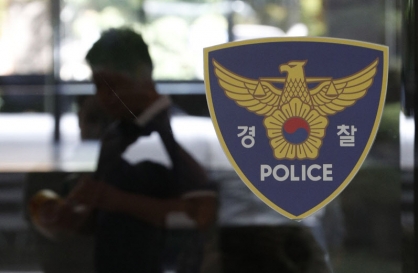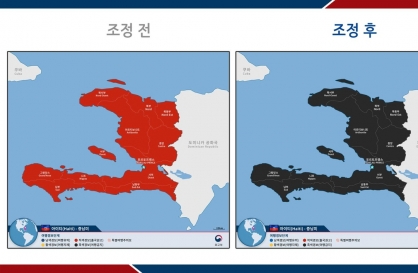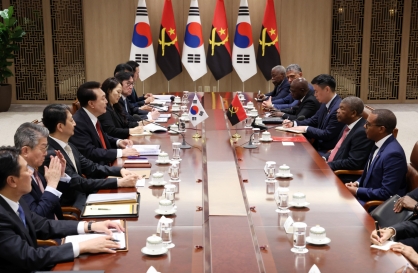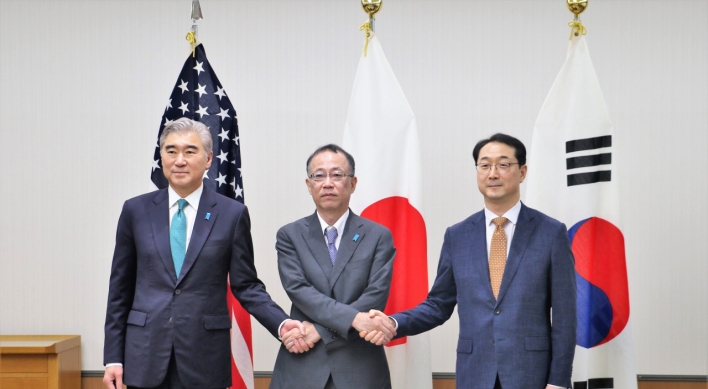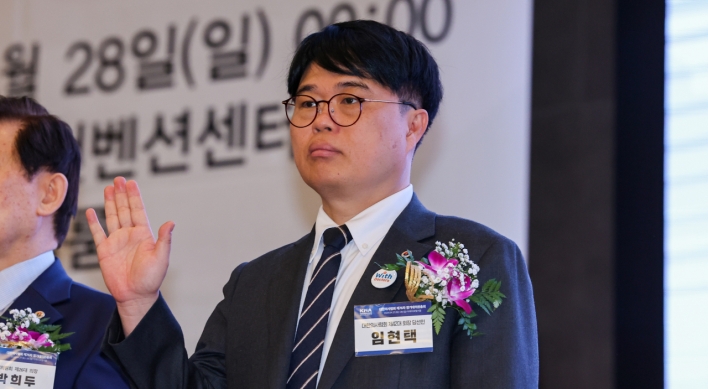[THE INVESTOR] The latest financial regulations released by the government in efforts to secure foreign currency stability met with mostly positive responses from industry watchers.
Regarding one of the key features requiring banks to raise their foreign exchange liquidity coverage ratio for banks, experts said the move would eventually lead to reinforcing the health of the banking sector.
As a part of the stability plans, financial regulators said local banks will be required to raise their FX LCR to 80 percent by 2019.
“Stocking up on forex reserves in preparation of potential risks is quite necessary,” Cho Sun-hwan, head of KEB Hana Bank’s risk management team told the press.
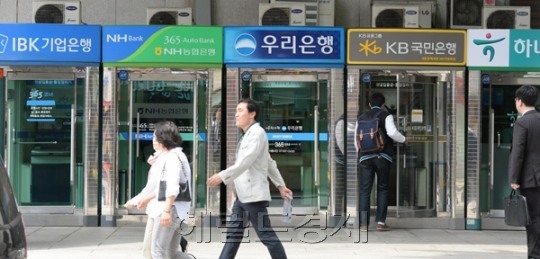
He noted that the South Korean banking sector is ready for the higher ratios, as the government had informed them in 2015 that the new rules would be enforced.
Yoon Seok-hyun, a former professor of finance at Soongsil University said, “Not only is this in line with the global standards pertaining to the Basel III, but it would also help strengthen South Korean banks that are persistently exposed to risks stemming from their high overseas reliance.”
Basel III, or the third Basel Accord, is a global, voluntary regulatory framework on bank capital adequacy, stress testing, and market liquidity risk. Higher LCR levels were a part of it. The accord is to be implemented beginning March 2019.
During the 2008 global financial crisis, the renewal rate of foreign currency loans fell to 39.9 percent from 126.4 percent in just nine months.
This was despite the fact that the banking industry satisfied all government foreign liquidity regulations.
Experts say banks are fundamentally still vulnerable to external financial shocks.
Raising the LCR ratio would help improve their fundamentals.
In particular, they said now was the time to implement such regulations as the global economy appears shaky.
Investors are waiting for Britain to vote on whether to exit from the EU, while the US Federal Reserve is poised for a rate hike.
Under the new LCR limits, commercial banks will be required to raise their ratios by 10 percentage points each year starting 2017 from 60 percent. Special banks such as the Industrial Bank of Korea will be required to raise their FX LCR by 20 percentage points each year from 40 percent in 2017 to meet the 80 percent requirement by 2019. Special banks refer to banks founded according to specific acts rather than the Banking Act.
Although the Korea Development Bank falls in the special bank category, its target ratio has been set at 60 percent.
Banks whose foreign currency debt accounts for less than 5 percent of overall debt, and those with less than $500 million in foreign currency debt are excluded from the measure.
(theinvestor@heraldcorp.com)
Regarding one of the key features requiring banks to raise their foreign exchange liquidity coverage ratio for banks, experts said the move would eventually lead to reinforcing the health of the banking sector.
As a part of the stability plans, financial regulators said local banks will be required to raise their FX LCR to 80 percent by 2019.
“Stocking up on forex reserves in preparation of potential risks is quite necessary,” Cho Sun-hwan, head of KEB Hana Bank’s risk management team told the press.

He noted that the South Korean banking sector is ready for the higher ratios, as the government had informed them in 2015 that the new rules would be enforced.
Yoon Seok-hyun, a former professor of finance at Soongsil University said, “Not only is this in line with the global standards pertaining to the Basel III, but it would also help strengthen South Korean banks that are persistently exposed to risks stemming from their high overseas reliance.”
Basel III, or the third Basel Accord, is a global, voluntary regulatory framework on bank capital adequacy, stress testing, and market liquidity risk. Higher LCR levels were a part of it. The accord is to be implemented beginning March 2019.
During the 2008 global financial crisis, the renewal rate of foreign currency loans fell to 39.9 percent from 126.4 percent in just nine months.
This was despite the fact that the banking industry satisfied all government foreign liquidity regulations.
Experts say banks are fundamentally still vulnerable to external financial shocks.
Raising the LCR ratio would help improve their fundamentals.
In particular, they said now was the time to implement such regulations as the global economy appears shaky.
Investors are waiting for Britain to vote on whether to exit from the EU, while the US Federal Reserve is poised for a rate hike.
Under the new LCR limits, commercial banks will be required to raise their ratios by 10 percentage points each year starting 2017 from 60 percent. Special banks such as the Industrial Bank of Korea will be required to raise their FX LCR by 20 percentage points each year from 40 percent in 2017 to meet the 80 percent requirement by 2019. Special banks refer to banks founded according to specific acts rather than the Banking Act.
Although the Korea Development Bank falls in the special bank category, its target ratio has been set at 60 percent.
Banks whose foreign currency debt accounts for less than 5 percent of overall debt, and those with less than $500 million in foreign currency debt are excluded from the measure.
(theinvestor@heraldcorp.com)








